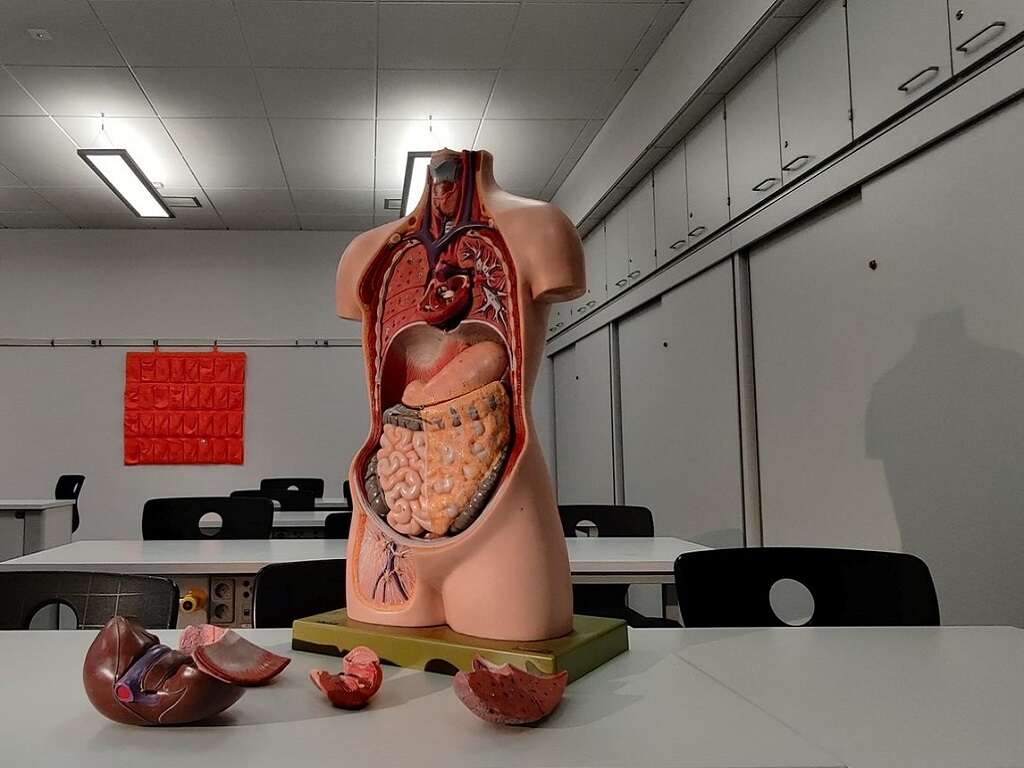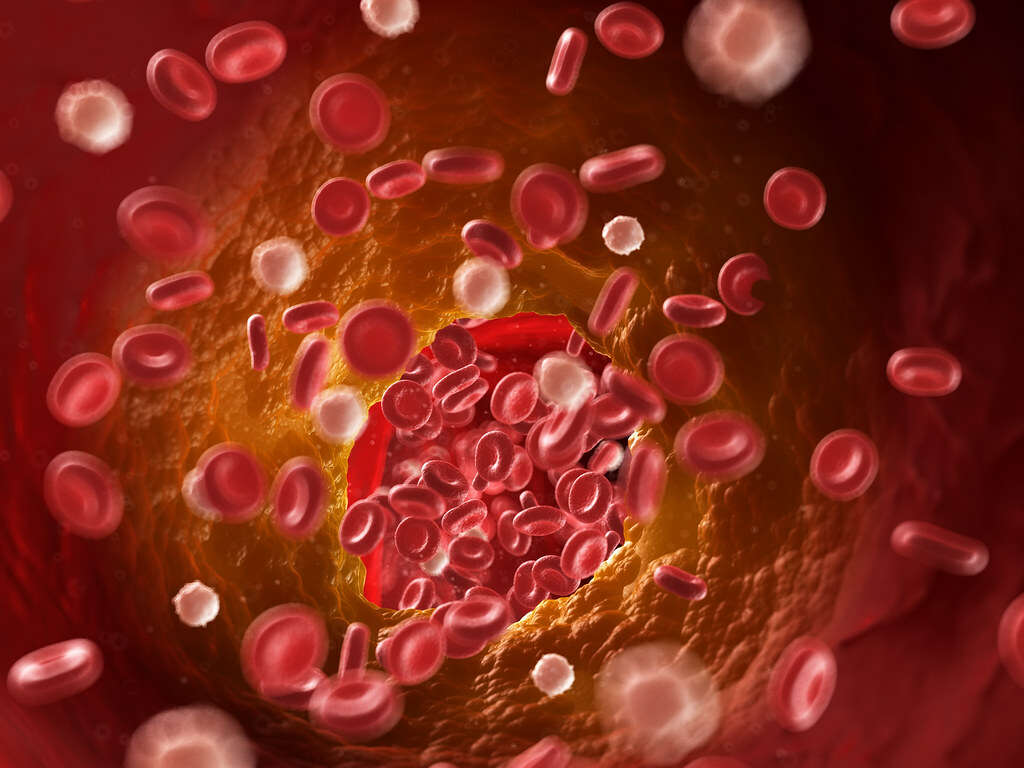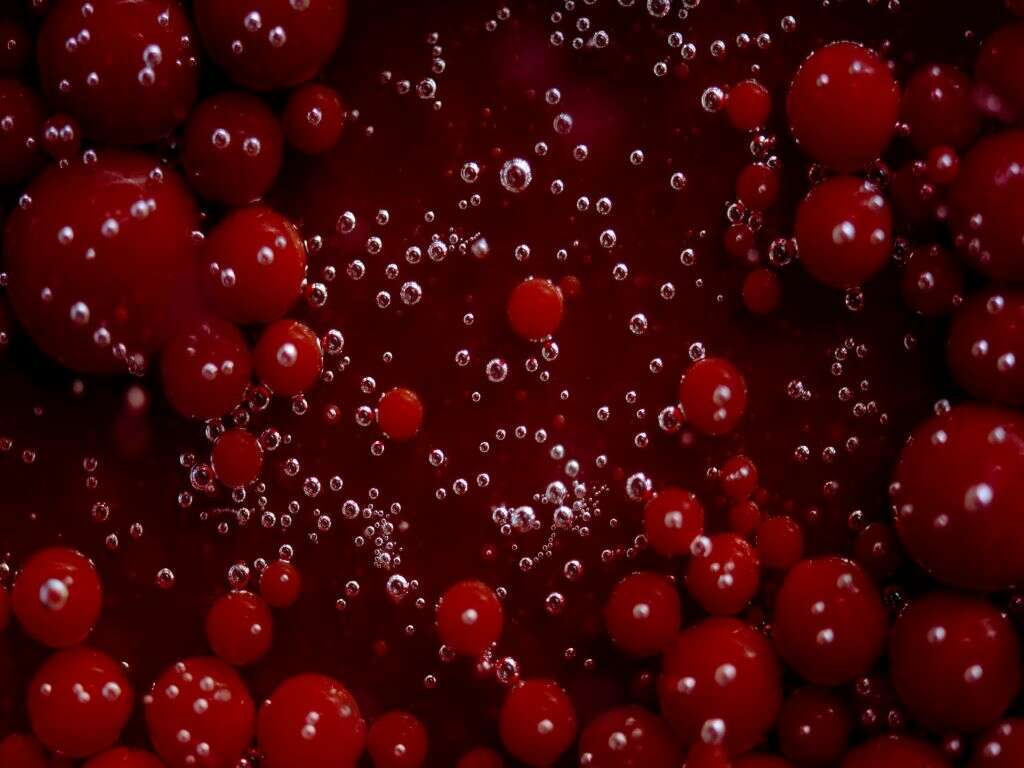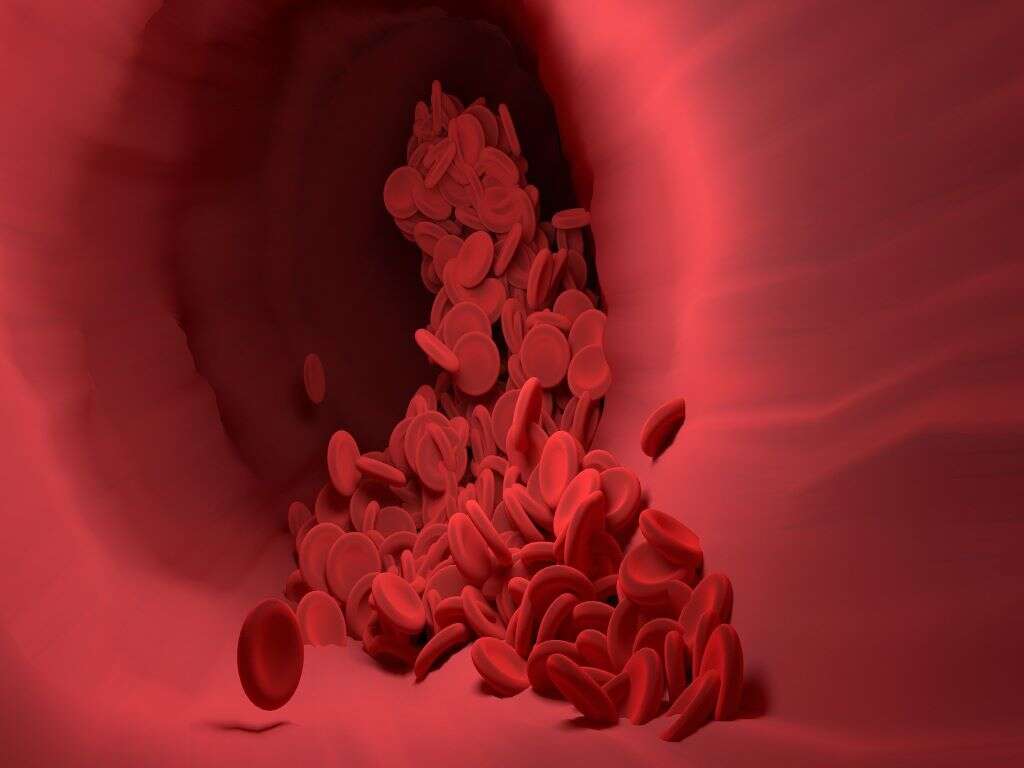What Are Capillaries?
If you cut yourself on any part of the body then you will find that blood will come out. This means that blood is being carried to every part, and this is done by a network of blood vessels. This network includes the capillaries, and these are the smallest of all blood vessels in the body.
Not only do capillaries have the task of helping transport blood around the body, but they also help the body to absorb the blood so it can be used. There are also different types of capillary, and some people will develop medical conditions involving the capillaries.
1. Capillaries
Oxygen and nutrient-laden blood needs to be transported around the entire body so that every living cell is supplied with what it needs. To help achieve this, the blood vessels of the body are in a way structured very much like the branches of a tree or river system.
That is that there are larger, wider vessels that gradually become smaller as they carry less blood. Capillaries are the smallest of all these branches. They are very important because not only do they help with transportation of the blood, they also help with the transfer of nutrients and oxygen.
2. Three Types
Capillaries can be placed into three main categories: continuous, fenestrated, and discontinuous (sinusoidal). Continuous capillaries are located in the fat, muscle, nerve tissue, and in the muscle of our bodies. These only allow very small molecules to pass through and they have no perforations.
Fenestrated capillaries are found in the endocrine glands, intestines, and kidneys. These allow small molecules to pass through small pores in the capillary walls. Discontinuous capillaries are found in the bone marrow, the spleen, and in the lymph nodes. These have pores in their walls that are large enough to allow blood cells to pass through them.
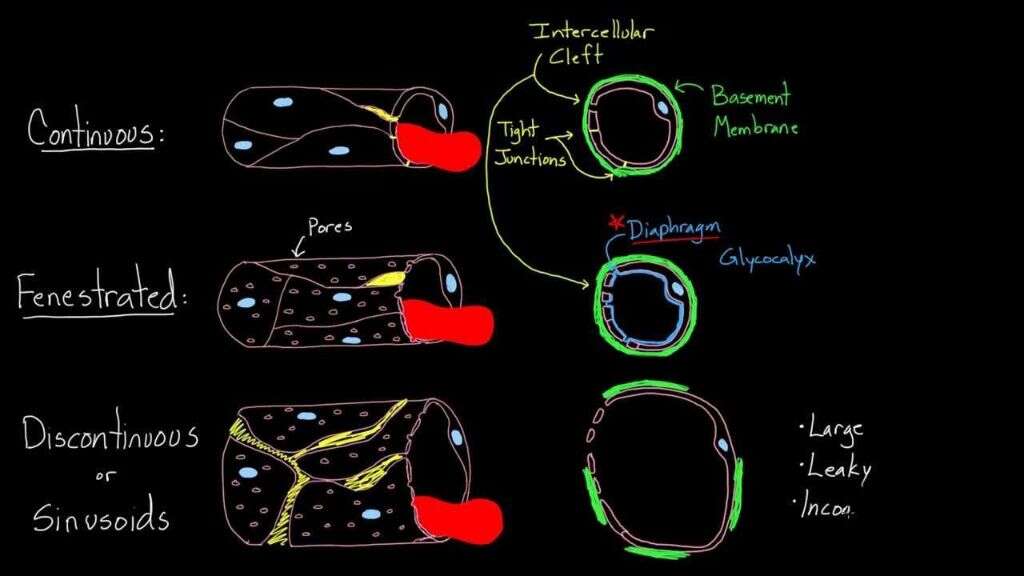
3. Structure
As mentioned, capillaries are the smallest of all blood vessels. Indeed, their walls are only two cells thick and they are only around 5 micrometers in diameter. In order for blood cells to pass through, they have to do so in single file.
They may be tiny, but there’s a lot of them with an estimated 40 billion capillaries in each of our bodies. There are so many of them that if they could be removed from the body and laid out straight, they would measure approximately 100,000 miles long. That means that a single person’s capillaries would stretch around our planet approximately 2.5 times.
4. Exchange
The capillaries allow for the exchange of oxygen and nutrients in and out of the tissues. For example, it is the capillaries in the lungs that absorb the inhaled oxygen so it can then be taken to elsewhere in the body.
They also help with the exchange of nutrients and fluids within the body. In addition to bringing in fresh resources from the outside world, capillaries also help to clean up the body by removing waste materials. They will absorb waste products and carbon dioxide and transport them to the appropriate organs where the can be processed, and then expelled.
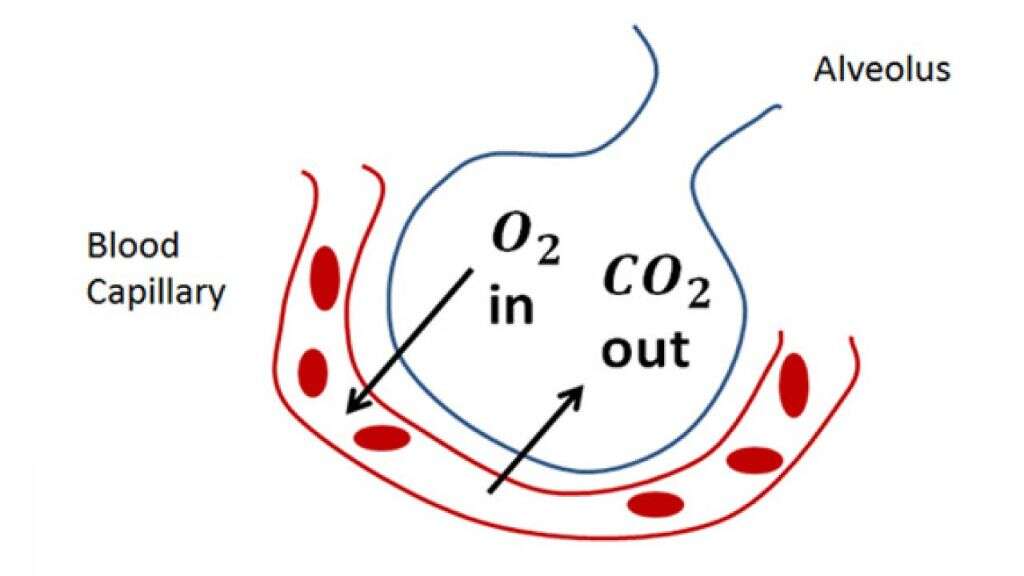
5. Blood-Brain Barrier
It is essential that we help to keep our brains free from toxins and other items that might do it harm. There are often many such toxins flowing through our blood, however, but we have a system in place that prevents these from getting to the brain.
This is known as the blood-brain barrier, and it only allows harmless particles to pass from the bloodstream into the brain. While this is obviously very important to us, it is not without its drawbacks. The barrier also prevents some important medications from passing through, meaning they are unable to treat conditions affecting the brain.
6. Regulation
Capillaries also play a very important role in regulating the flow of blood to our cells. If our blood pressure was to drop, for example, then the capillaries would help ensure that the supply of nutrients and oxygen continues to flow regardless.
The flow is regulated with help from precapillary sphincters, which are muscle fibers that can contract or relax in order to help regulate the flow of blood through the capillaries. In addition, exercise will stimulate the production of more capillary beds (capillary networks). This enables the body to handle greater oxygen demands when the demand for oxygen increases.
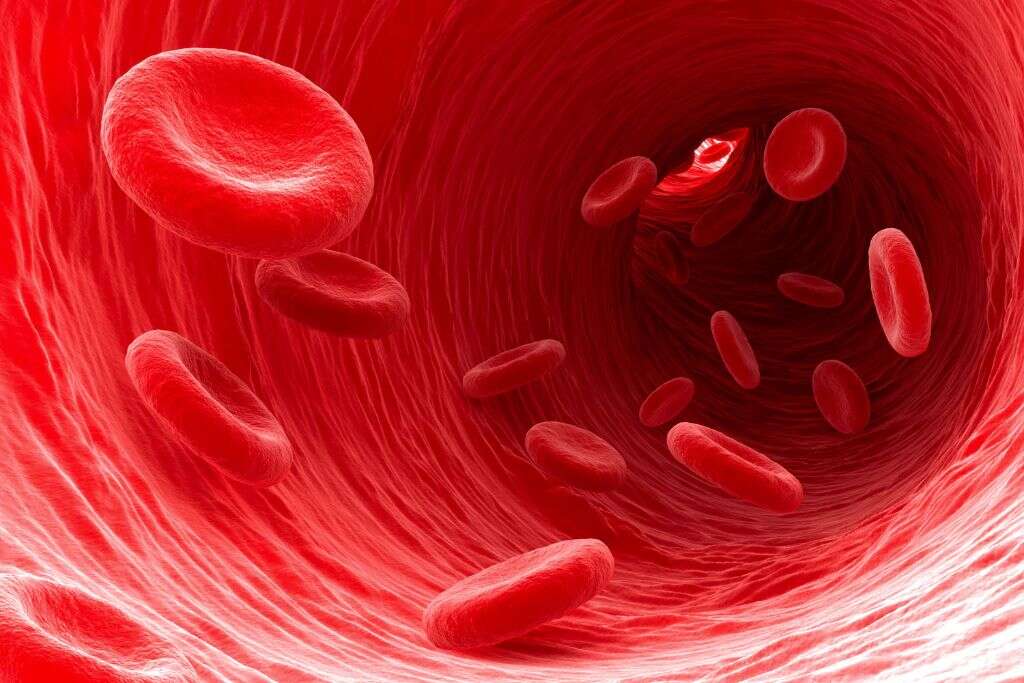
7. Microcirculation
The fluids in the capillaries will pass through the walls of the vessels according to two forces: osmotic pressure and hydrostatic pressure. Fluids outside of the capillaries are drawn back into them through osmotic pressure. This occurs because the fluid in the capillaries is saltier than those outside.
Hydrostatic pressure is what forces fluids out of the capillaries. Hydrostatic pressure means the pressure of the blood flow is caused by the beating of the heart and how elastic the blood vessels are. The pressure is enough to force the blood out through the capillaries and into the rest of the body.
8. Petechiae
Skin blanching occurs when pressure has been placed on the skin. It happens because the pressure pushes blood out of the capillaries, leaving the skin looking whiter in the affected area. The skin should soon return to its normal color once the pressure has been removed again.
Depending on your condition, your doctor might want to put pressure on your skin to check to see what happens. In some cases, putting pressure on the skin will cause red spots that remain once the pressure has been removed. This is a condition known as petechiae, and it means that the capillaries have been broken by the pressure.
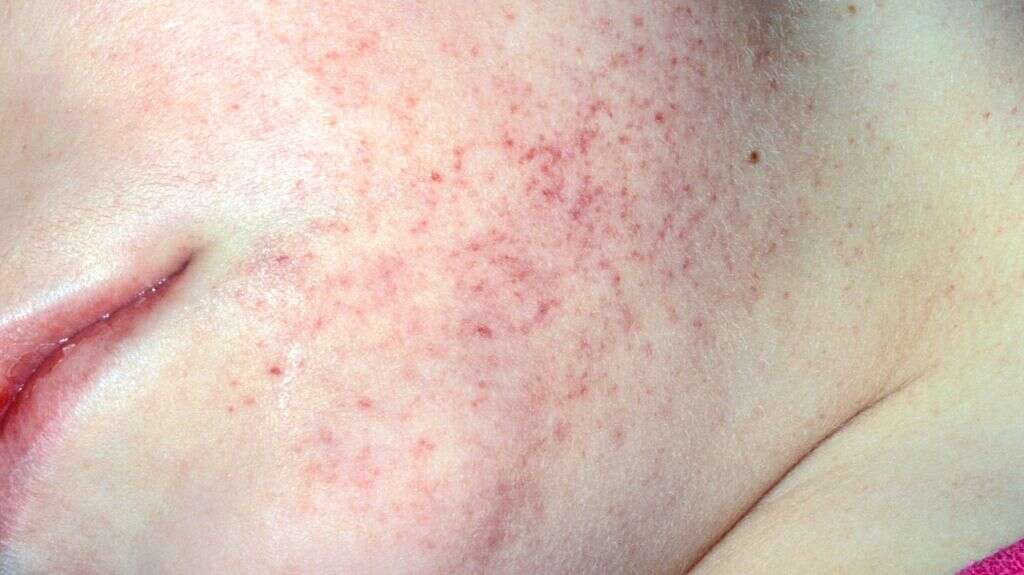
9. Capillary Refill
As mentioned, it is normal for the skin to return to its normal color as soon as pressure has been removed the skin. If this does not happen, then it indicates that something is wrong with the circulation.
This is performed as a test for what is known as “capillary refill,” and it is often done by paramedics that wish to perform a quick check of the patients circulation on site. Another medical term involving capillaries is “capillary permeability.” This refers to how easily or otherwise fluids are able to pass through the capillary walls. If there is more fluid leaking through (third spacing) then it can result in hives. In more severe cases, the whole body can become swollen.
10. Conditions Involving Capillaries
Capillary malformation is a condition in which blood is able to flow through the capillaries more so than normal. This can lead to a number of symptoms, including red dots on the skin.
When it affects the brain, seizures and headaches can occur. Some people will be born with a type of birth mark known as a port wine stain. This is caused by dilated capillaries and is harmless, other than affecting the patients physical appearance. Another condition is macular degeneration, and this is caused by damage to the capillaries in the retina. It is a potentially serious condition and one of the leading causes of blindness.



